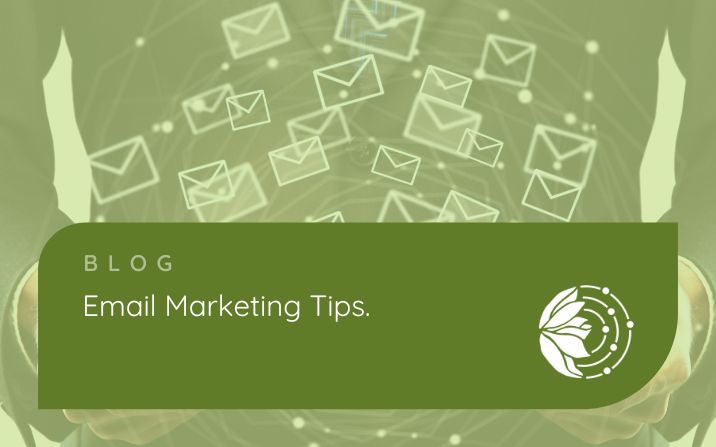You’ve taken the plunge and started creating an email newsletter. Your mailing list has subscribers and the first few newsletters have gone out. So what’s next?

Take a look at how well your newsletter is actually performing by taking a look at the statistics. How many emails have been opened and read? Have the links been clicked on and opened? Have a look at your WordPress statistics or Google Analytics to compare visits to your website the first few days after your newsletter has gone out. There should be an increase in visits if the newsletter is performing well.
You want to see who your most engaged subscribers are. The people who are reading your newsletter regularly and checking the links are more likely to buy from you in future. You’ll more than likely see a trend in types of people (depending on how detailed your sign up form was) reading your newsletter – a certain type of business owner, or predominantly women, for example. So consider creating offers, articles, tips etc. that target this particular audience and encourage the conversion from reading your newsletter to becoming a customer.

Similarly, you’ll want to know who isn’t engaged with your newsletter at all. Have a think about why they might not be reading the emails. Do they belong to your target audience? Were they just interested in the freebie you offered to new subscribers? If a high percentage of emails aren’t getting read, it’s worth checking that they are being received ok. Mailchimp allows you to see which emails bounced so check the address was entered properly. Always remind your subscribers to add your email address to their address book so the emails don’t end up in the spam folder!
One reason for people not reading your newsletter could be due to a dull subject title. When your inbox is overflowing and you want to cut it down to the important and interesting ones, newsletters are often the first to get deleted. What would stand out for you and stop you hitting delete? Mailchimp has a handy overlay map that shows which parts of your email received more clicks than others – a great way of judging whether picture links work better than others and highlighting areas of the newsletter you can improve in future.
Lastly, but by no means least, you always need to be promoting your newsletter and getting more subscribers. Share your newsletter often across your social media – once just isn’t enough! Try different social media platforms, make use of the Twitter hours, word your posts differently and use images; you can even try scheduling some posts for the middle of the night if your business could work well with customers abroad.
Having an email newsletter is a great way to retain customers and attract more to your business. But it does take effort to ensure that it’s working well and getting the results you really want. Take a good look at your statistics and reports today and consider how you can make your email marketing work even harder for you.

